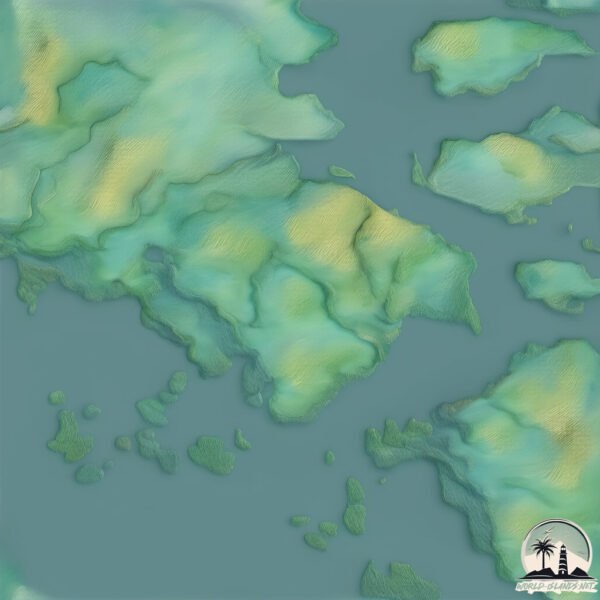Welcome to Union , a Temperate island in the North Pacific Ocean, part of the majestic Pacific Ocean. This guide offers a comprehensive overview of what makes Union unique – from its geography and climate to its population, infrastructure, and beyond. Dive into the details:
Geography and size of Union
Size: 29.1 km²Coastline: 45.6 kmOcean: Pacific OceanSea: North Pacific OceanContinent: North America
Union is a Medium Island spanning 29 km² with a coastline of 46 km.
Archipel: –
Tectonic Plate: North America – Covers North America and parts of the Atlantic and Arctic Oceans, characterized by diverse geological features and varying levels of seismic activity.
The geographic heart of the island is pinpointed at these coordinates:
Climate and weather of Union
Climate Zone: TemperateClimate Details: Temperate Oceanic ClimateTemperature: Warm Summer
Climate Characteristics: Known for its moderate year-round temperatures with ample rainfall and no dry season. Warm summers are characteristic.
Topography and nature of Union
Timezone: UTC-08:00Timezone places: America/Los_AngelesMax. Elevation: 305 m Mean Elevation: 92 mVegetation: Evergreen Needleleaf ForestTree Coverage: 88%
The mean elevation is 92 m. The highest elevation on the island reaches approximately 305 meters above sea level. The island is characterized by Hills: Gently sloping landforms with rounded tops, having a maximum elevation between 200 and 500 meters. Hills contribute to a varied landscape on islands.
Dominating Vegetation: Evergreen Needleleaf Forest
Vegetation: 6 vegetation zones – Very Highly Diverse Island
Infrastructure and Travelling to Union
Does the island have a public airport? no .
Does the island have a major port? no .
The mean population of Union is 0 per km². Union is Uninhabited. The island belongs to Canada .
Continuing your journey, Nootka is the next notable island, situated merely km away.
INTRODUCING UNION ISLAND - Island Life Episode 1
I am very happy to present you the the very first episode of "Island Life" my latest Youtube weekly video series to share with you all ...
INTRODUCING UNION ISLAND - Island Life Episode 1
I am very happy to present you the the very first episode of "Island ...
I am very happy to present you the the very first episode of "Island Life" my latest Youtube weekly video series to share with you all ...
Scary Airplane Landing on Union Island in the Caribbean
This is us landing on Union Island, part of St Vincent and the Grenadines.
This is us landing on Union Island, part of St Vincent and the Grenadines.
Union Island devastated by Hurricane Beryl
St. Vincent and the Grenadines' Union Island was one of the places ...
St. Vincent and the Grenadines' Union Island was one of the places affected by Hurricane Beryl. The hurricane slammed into that ...
Canada is classified as Developed region: G7: Group of Seven – Major advanced economies, including Canada, France, Germany, Italy, Japan, the United Kingdom, and the United States. The level of income is High income: OECD.
News – Latest Updates and Headlines from Union
Stay informed with the most recent news and important headlines from Union. Here’s a roundup of the latest developments.
Loading...
Please note: The data used here has been primarily extracted from satellite readings. Deviations from exact values may occur, particularly regarding the height of elevations and population density. Land area and coastline measurements refer to average values at mean high tide.

